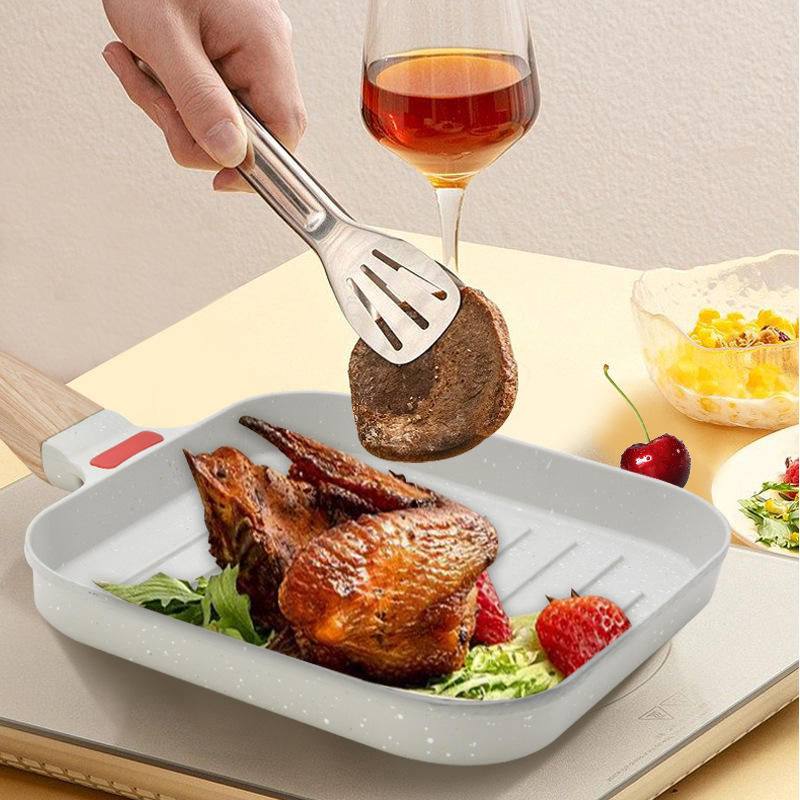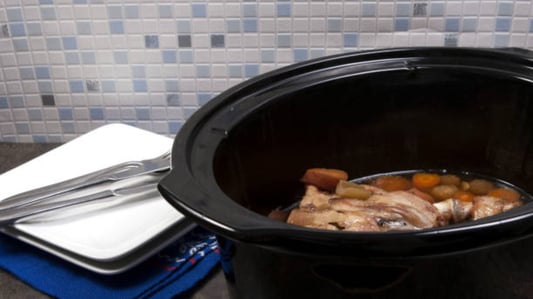black cast iron dutch oven" style="width:auto;">IntroductionThe black cast iron dutch oven is an essential kitchen tool that has been around for centuries. It is versatile, durable, and can be used for a variety of cooking techniques. In this article, we will explore everything you need to know about black cast iron dutch ovens, from their benefits to their care and maintenance.What is a Black Cast Iron Dutch Oven?A black cast iron dutch oven is a thick-walled, round or oval pot with a tight-fitting lid. It is made of cast iron and is typically black in color. The cast iron material allows it to absorb and distribute heat evenly, making it ideal for braising, stewing, roasting, and baking.Benefits of Using a Black Cast Iron Dutch OvenUsing a black cast iron dutch oven has many benefits. It can help retain moisture, leading to tender and flavorful meals. It also helps retain heat, making it perfect for slow-cooking dishes like stews and casseroles. Additionally, it can go from stovetop to oven, saving you time and dishes.How to Use a Black Cast Iron Dutch OvenA black cast iron dutch oven can be used for a variety of cooking techniques, including braising, stewing, roasting, and baking. To use it, preheat it on the stove over low to medium heat. Add your ingredients, and then cover with the lid. If you are using it for baking, preheat the oven first, and then place the dutch oven inside. Care and Maintenance of a Black Cast Iron Dutch OvenProper care and maintenance of a black cast iron dutch oven are essential to its longevity and functionality. Always hand wash it with hot water and a mild soap, and never put it in the dishwasher. Dry the dutch oven immediately after washing and apply a thin layer of oil to prevent rust and corrosion.Seasoning a Black Cast Iron Dutch OvenSeasoning a black cast iron dutch oven is the process of applying a thin layer of oil and heating it in the oven. It helps create a natural non-stick surface and prevents rust and corrosion. To season a black cast iron dutch oven, apply a thin layer of vegetable oil or shortening to the inside and outside of the pot. Place it upside down in the oven, set to 350 degrees, and bake for one hour. Repeat this process as needed.Recipes You Can Make with a Black Cast Iron Dutch OvenBlack cast iron dutch ovens are versatile and can be used to make a variety of delicious recipes. Some popular options include beef stew, chicken and dumplings, pot roast, and chili. Black cast iron dutch ovens can also be used for baking bread and desserts like apple crisp and peach cobbler.Things to Consider When Purchasing a Black Cast Iron Dutch OvenWhen purchasing a black cast iron dutch oven, there are a few things to consider. Size is an important factor, as you want one that is large enough to accommodate your cooking needs. The weight of the pot is another consideration, as you want one that is easy to handle. The brand may also be a factor, as some companies are known for producing higher quality cast iron products.Alternative Cookware to a Black Cast Iron Dutch OvenWhile black cast iron dutch ovens are a popular choice for many cooks, there are alternative cookware options that can be used. Stainless steel and enameled cast iron pots are durable and great for slow cooking dishes, while heavy-bottomed pots can work well for braising and roasting. Ceramic or glass baking dishes can also be used for oven-baked dishes.ConclusionThe black cast iron dutch oven is a versatile and durable kitchen tool that has been around for centuries. It can be used for a variety of cooking techniques, and its benefits include heat retention, moisture retention, and time-saving convenience. Proper care and maintenance are essential to its longevity, and seasoning it can help create a natural non-stick surface. There are many recipes that can be made with a black cast iron dutch oven, and there are alternative cookware options available as well.Quote InquiryContact us!










